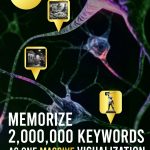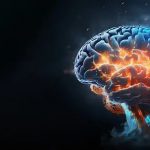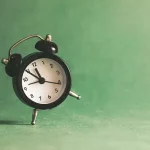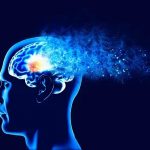We are launching a new book that deals with massive memorization. This is a dramatic step for dramatic content. There are two questions you may ask “Why and how, should I memorize 2,000,000 keywords as one massive visualization?”. Here I want to answer these questions related to me (Lev Goldentouch), to the book itself, and …
Continue reading “The Memorize 2,000,000 Keywords Book – Why and How”











